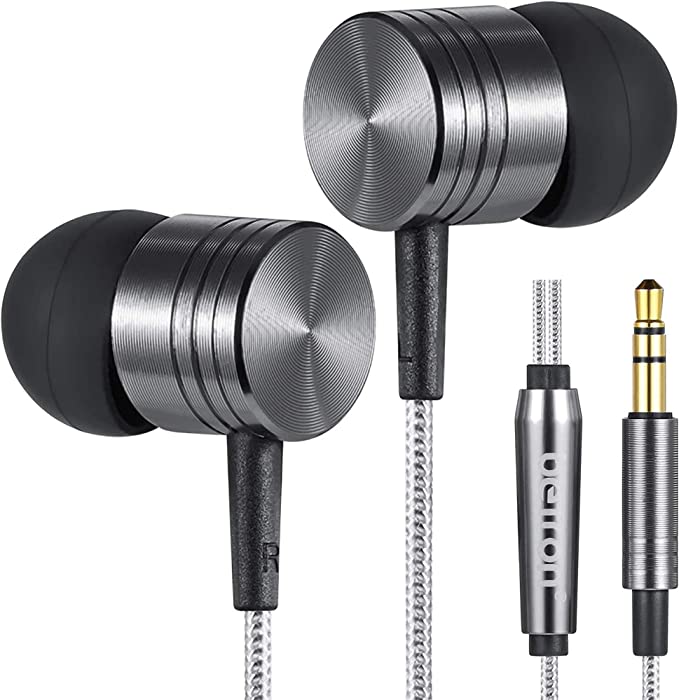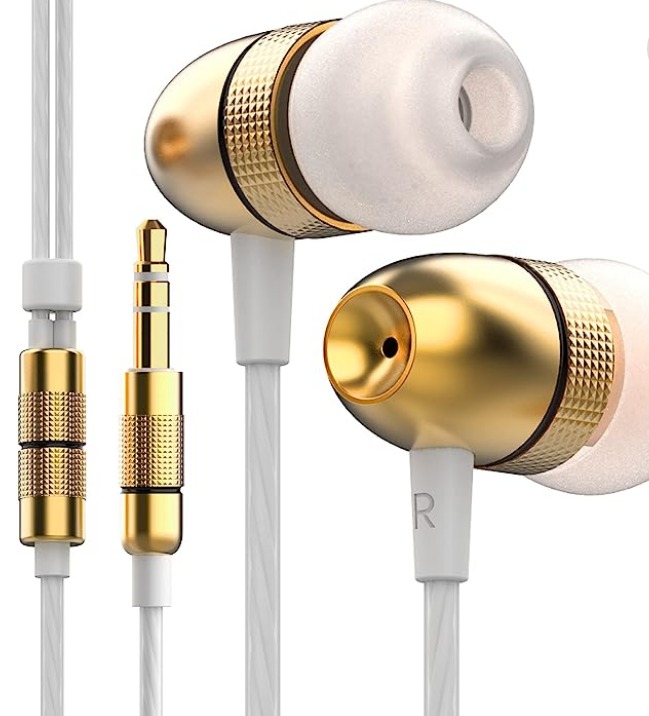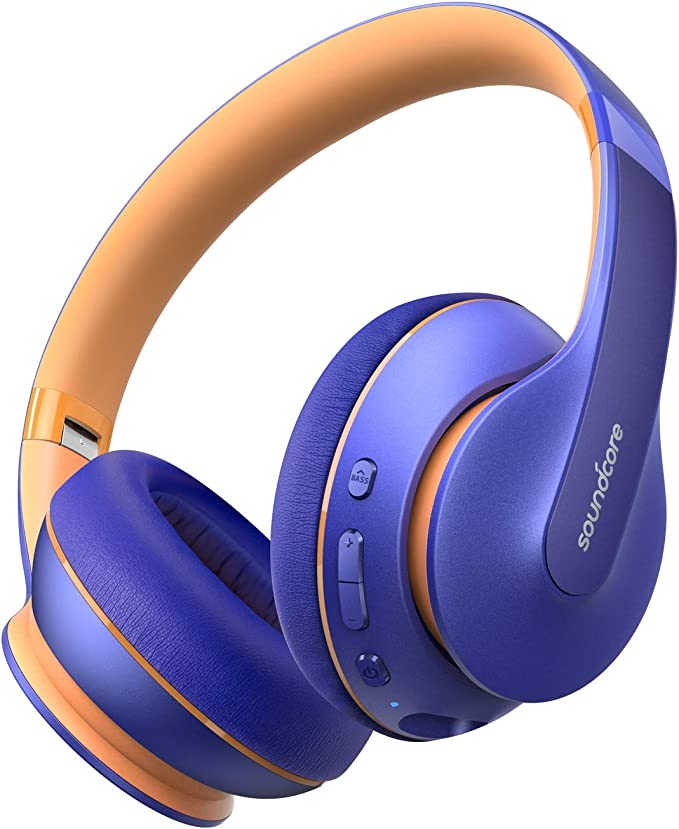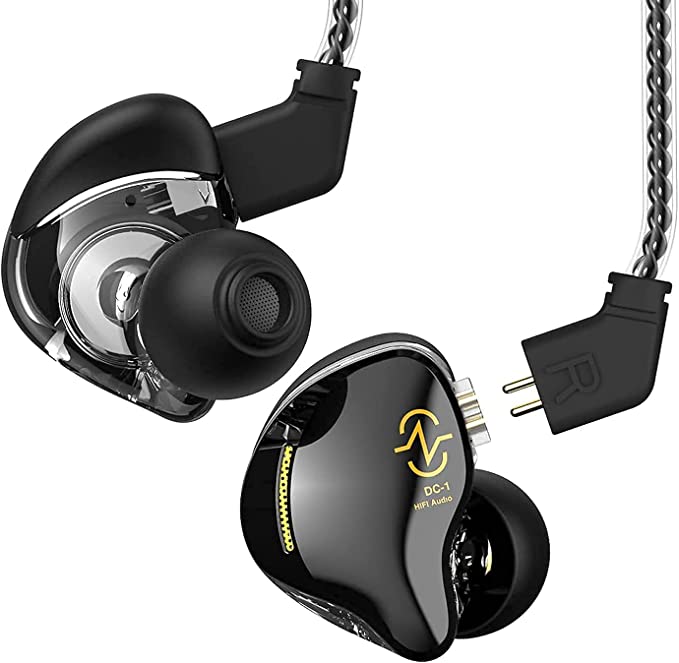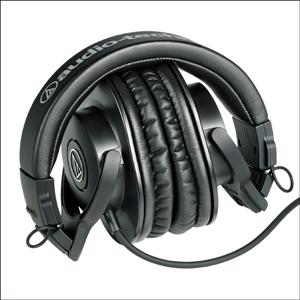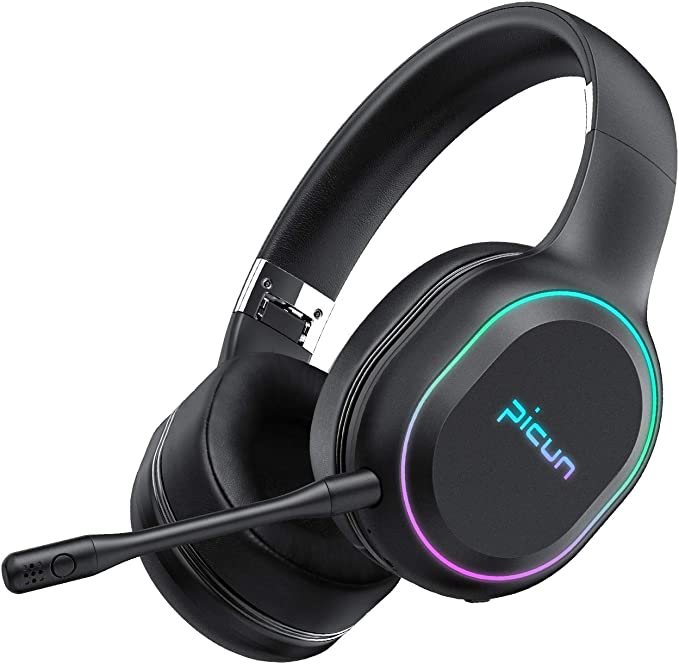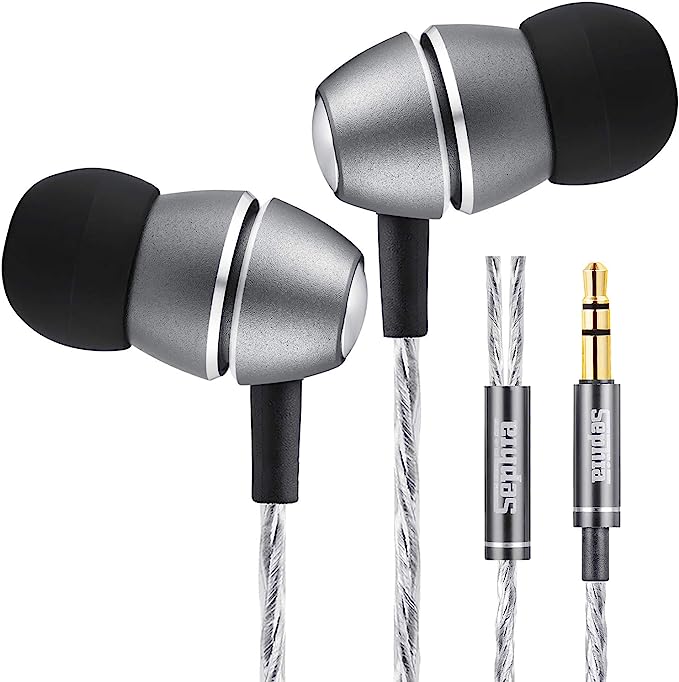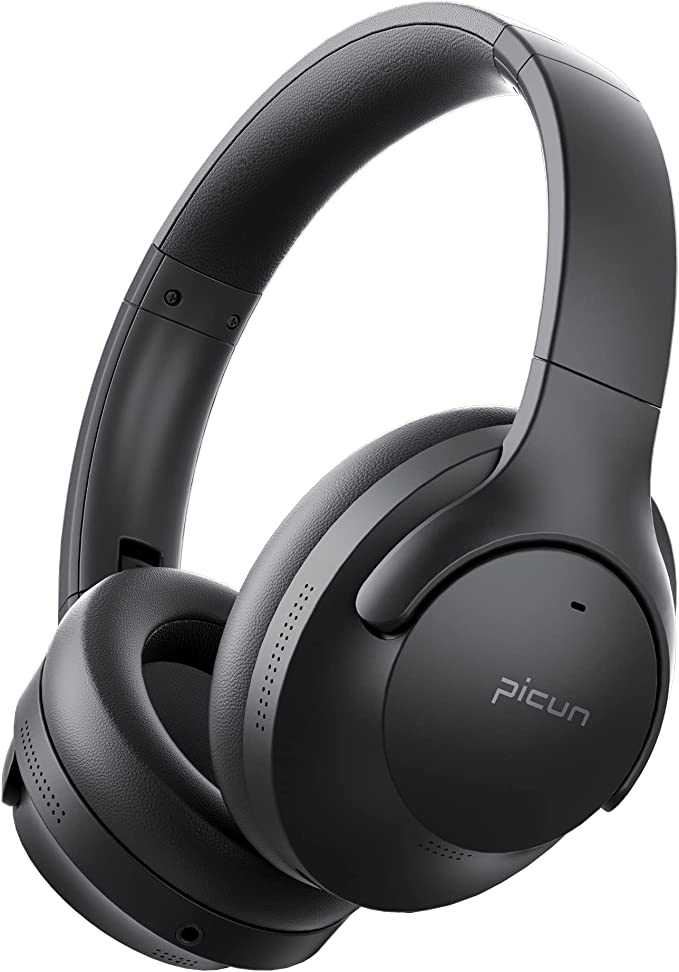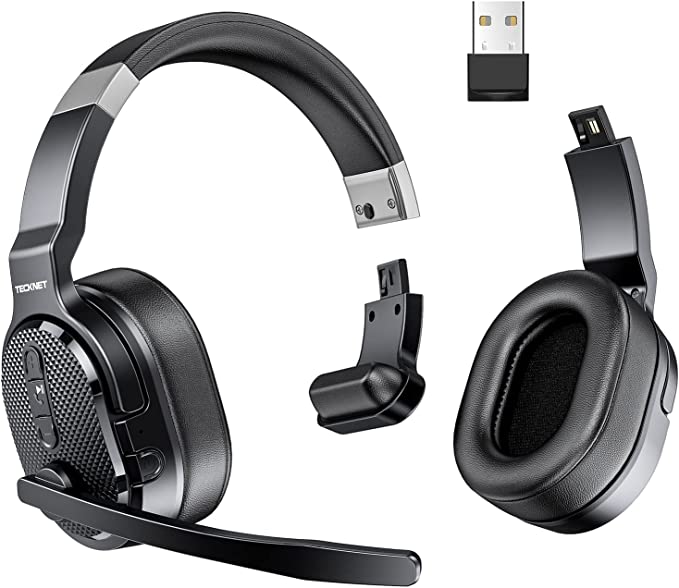sephia SP3060 Wired Earbuds: Immersive Sound in a Noisy World
Update on July 24, 2025, 4:02 p.m.
In the vast marketplace of personal audio, a persistent paradox confronts us: the seemingly unbridgeable chasm between affordability and quality. We’re often led to believe that exceptional sound is a treasure locked away behind a high price wall. But what if the secrets to great audio are less about cost and more about clever physics? What if, by looking closer, we could uncover a symphony of engineering principles elegantly at play within even the most accessible devices?
Today, we embark on such an exploration. We will place a seemingly simple object under our proverbial microscope: the sephia SP3060 wired earbuds. This isn’t a review, but an act of deconstruction. We will treat it as a specimen to reveal the universal science of sound, demonstrating how deliberate choices in physics, material science, and ergonomics can culminate in a surprisingly compelling listening experience. Prepare to look beyond the surface and understand the very anatomy of the sound you love.

The Engine Room: The Heart of the Sound Wave
Every sound an earbud produces begins its life in the driver, a miniature engine tasked with converting electrical impulses into physical vibrations. The SP3060 is powered by 10mm Neodymium dynamic drivers, a specification that packs a world of engineering into three small words.
Think of the dynamic driver as a tiny, high-performance piston. At its core is the magnet, and the choice of Neodymium is pivotal. Compared to older, heavier ferrite magnets, these rare-earth magnets possess a vastly superior magnetic energy density. This means they can create a much stronger magnetic field in a smaller, lighter package. For an earbud driver, this is like swapping a bulky cast-iron engine for a compact, turbocharged powerhouse. The intense magnetic field allows the voice coil and attached diaphragm to be controlled with exceptional force and precision.
This precision directly translates into better transient response—the driver’s ability to react instantaneously to the start and stop of a musical note. It’s the difference between a crisp, cracking snare drum and a dull thud; a sharp, plucked guitar string and a blurry strum. The powerful Neodymium magnet provides the agility needed for this sonic clarity.
Further tuning this engine for its environment is its impedance rating of 16 Ohms. In simple terms, a low impedance means the earbuds don’t require much electrical power to reach a healthy volume. This is a conscious design choice for the modern world, ensuring the earbuds can be driven efficiently by any smartphone, laptop, or tablet, without draining the battery or requiring a dedicated amplifier. It’s engineering for effortless, everyday performance.

The Cone of Silence: The Physics of a Private Universe
Once sound is created, the next challenge is ensuring it’s the only thing you hear. The SP3060 achieves this through Passive Noise Isolation, a solution rooted in elegant physics rather than complex electronics like its cousin, Active Noise Cancellation (ANC).
The core principle at play is acoustic impedance mismatch. Think of it like a wave in the ocean hitting a solid seawall. When the sound waves traveling through the low-density medium of air encounter the much higher-density physical barrier of the earbud and its tip, a large portion of their energy is reflected away, failing to enter your ear canal. This is soundproofing on a miniature scale.
Crucially, the effectiveness of this seawall depends entirely on a perfect, unbroken seal. This is where the fit becomes the most critical variable in your entire listening experience. A poor fit creates tiny gaps that not only let in high-frequency chatter but, more devastatingly, allow low-frequency bass energy to escape. Because bass waves are long and powerful, they need a fully enclosed space to build pressure and be properly perceived. A leaky seal is why the exact same earbuds can sound deep and rich to one person and thin or “tinny” to another.
This is where ergonomics and material science become paramount. The inclusion of multiple silicone sizes and, importantly, two sets of memory foam tips, is a scientific toolkit. Memory foam, a viscoelastic polyurethane material first developed by NASA, has the unique property of conforming perfectly to the unique contours of your ear canal in response to body heat. It creates a near-perfect acoustic seal, maximizing the bass response and blocking out the world, allowing you to become fully immersed in your private audio universe.

The Concert Hall: How Housing Shapes the Music
If the driver is the engine, the earbud’s housing is the concert hall—the acoustic space where the sound develops before reaching your ears. The choice of an aluminum housing for the SP3060 is far from merely an aesthetic one; it’s a decision grounded in the physics of vibration and resonance.
Every object has a natural frequency at which it prefers to vibrate, known as its resonance frequency. In an earbud, if the housing itself starts to vibrate in sympathy with the music, it adds its own coloration to the sound, often resulting in a muddy or distorted character. This is the enemy of audio purity. The key is to use a material that is both light and extremely rigid.
Aluminum’s high rigidity-to-weight ratio means its natural resonance frequency is typically very high, pushed far outside the range of human hearing. It acts as an inert, stable enclosure, providing a clean backdrop against which the driver can perform its work without interference. This is a significant advantage over many plastics, which can be more prone to flexing and resonating within the audible spectrum. At a mere 16 grams, the use of aluminum achieves this acoustic integrity without creating uncomfortable weight, proving that smart material science can serve both sound and comfort simultaneously.

The Neural Pathway: Preserving the Purity of the Signal
The final leg of the journey is the signal’s path from your device to the drivers. This “neural pathway” consists of the cable and connector, and here too, small details matter. The gold-plated 3.5mm connector is a prime example of engineering for longevity and purity.
Gold is an excellent electrical conductor, but its true value here is its remarkable resistance to corrosion and oxidation. Over time, lesser metals can develop a thin insulating layer of oxide, degrading the electrical connection and potentially introducing noise and static into your audio. The stable, non-reactive layer of gold ensures a clean, reliable signal transfer for years. It’s a small investment in preserving the integrity of the sound all the way from the source.
Even the Y-shaped, tangle-free cord design is a nod to practical physics, minimizing the annoying “stethoscope effect” or microphonics—that rustling sound you hear when the cable rubs against your clothing. It’s a simple, physical solution to a common problem, completing a design philosophy that consistently prioritizes the user’s listening experience.
From Passive Listener to Informed Audiophile
Deconstructing the sephia SP3060 reveals a profound truth: quality sound is not a magical art but a tangible science. It’s a symphony composed of applied physics, clever material science, and thoughtful ergonomic design. We’ve seen how the potent energy of a neodymium magnet enables crisp, agile sound; how the simple principle of an acoustic seal can build a universe of private sound; and how the atomic structure of aluminum can create a silent stage for music to unfold.
This journey proves that engineering wisdom isn’t measured by price, but by the ability to achieve maximum performance within given constraints. You are now equipped with a new lens. The next time you hold a pair of earbuds, you won’t just see a consumer product. You’ll see a miniature engine, a tiny concert hall, and a complex interplay of forces. You have the knowledge to look beyond the brand and understand the anatomy of sound itself—and in that understanding, you become a truly informed listener.
